Archaeology of the Satavahana Kshatrapa Times
Synopsis
The six centuries from circa 300 B.C-300 A.D. covered in this book presents a vast vista of the life of the people of central and western India and the Deccan upto the south-east coast from the Mauryan times through the Sunga, Kushana, Kshatrapa and Satavahana ruling dynasties. The period represents the emergence of writing through a definite script propagating heterodox religions viz., Buddhism and Jainism, opening up of trade routes, formation of merchant guilds, etc.,all these contributing to the change and advancement of urbanisation, culture, life pattern, foreign trade as reflected in the artefacts revealed from excavations. The numerous excavations conducted during the past three decades in this region have yielded structures, artefacts and innumerable objects reflecting the life style of the people of this region. Here an attempt has been made to reconstruct the material culture of the times on the basis of this vast mass of published archaeological data in the excavation reports. The book has been divided into 12 chapters, beginning with a prologue and ending with an epilogue. Chapters 1 and 2 deal with the general history of the period with geographical and archaeological setting as a backdrop. Town planning, cities and villages and the concomitant types of architecture, civil, military and religious are embodied in the third chapter. The variety of building materials and other contrivances have been detailed and classified in relation to chronology. Chapters 4 and 5 cover the aspects of economy, art and religion with a brief description on the existing transport and communications, trade and caravan routes - both inland and foreign, weights and measures, coins as a means of exchange and other essentialities of trade and commerce. Domestic equipment vessels of different materials and stone utensils etc., are covered in the next. Chapter 7 exhaustively deals with toilet, dress and ornaments; apart from toiletry - caskets, combs, mirrors, hair pins, skin rubbers, etc., the mode of dress on the basis of evidence of cloth, the equipments for spinning and weaving have also been described. Jewellery both complete and component pieces havebeen classfied in great detail. Some techniques seemingly of foreign origin are also traces out. Chapters 8 and 9 deal with the games and toyas, tools of artisans and agricultural and house hold or domestic implements and various other offensive and defensive with various techniques of the making of the material equipment of the times with an emphasis on various stages of technological growth in the penultimate chapter, the remains of fauna and flora as obtained from excavation would suggest the dietary habits of the people besides the environement in which they lived.
Read more
40.50
36.45
$
45.00 $
Free delivery Wolrdwidе in 10-18 days
Ships in 1-2 days from New Delhi
Membership for 1 Year $35.00
Get it now and save 10%
Get it now and save 10%
BECOME A MEMBER


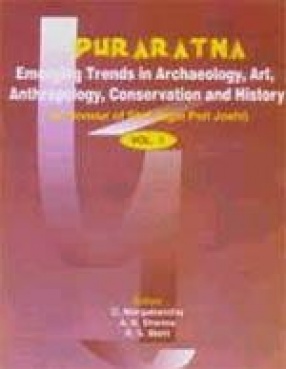
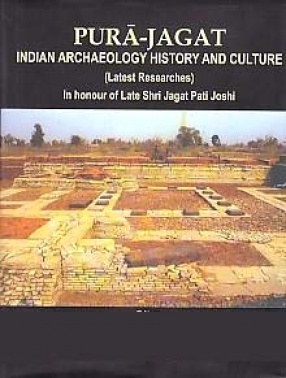
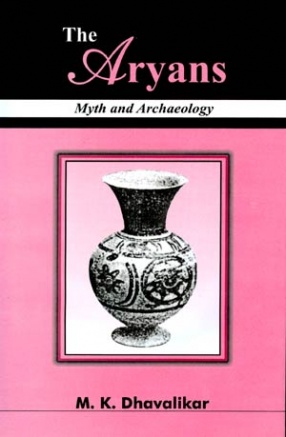
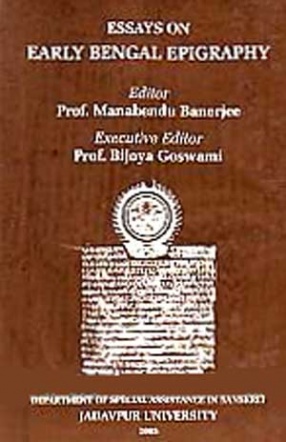
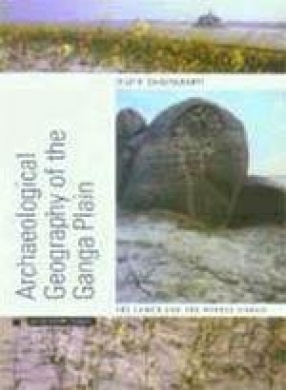
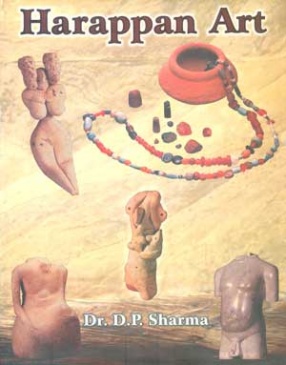

Bibliographic information